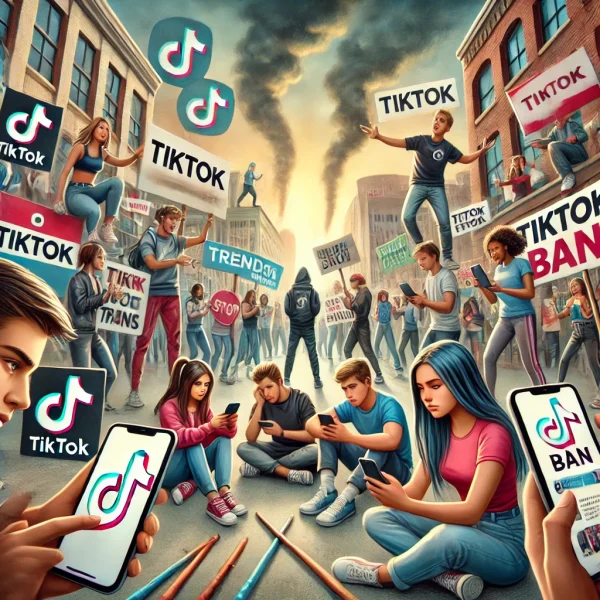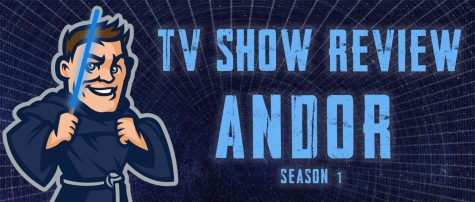2017’s Justice League vs. The Snyder Cut: Is it an improvement?
Zack Snyder’s Justice League, also known as the Snyder Cut, is a very different movie from what was released in 2017. The question remains, is it a better film?
After seeing all of the key differences between the two films, the Snyder Cut stands out as a much better movie, cutting out pathetic jokes from the original, adding a darker tone, and adding a real sense of urgency.
In late March, to the excitement of DCEU fans around the world, Zack Snyder’s Justice League was finally released after years of speculation and hope. 2017’s Justice League has seen a lot of controversy over the last few years, and it all started with the dissatisfaction of Warner Bros. executives with Zach Snyder’s original cut for the film.
To put it simply, they believed the film was “unwatchable,” hiring Joss Whedon — director of MCU films The Avengers and Avengers: Age of Ultron — to clean up the script and keep the run time under two hours. It is believed that Whedon had to remove over 90 minutes of film Snyder worked on.
Despite all of the changes proposed by Warner Bros. executives, the movie failed to break even, and lost them around $60 million. Immediately after the film’s theatrical release, fans made and signed an online petition to release the Snyder Cut, gaining over 180,000 authentic signatures. Fans knew Snyder had left his roles during production and began using the hashtag #ReleaseTheSnyderCut all over social media.
Nearly four years later, after Snyder confirmed his version of the film existed, the Snyder Cut released on HBO Max in late March. Most fans were thrilled when they found out that the film’s runtime is longer than four hours, double that of the 2017 version.
Although there are a few exceptions, the plot of the new version is essentially the same: Batman and Wonder Woman have to recruit the Flash, Aquaman, and Cyborg to stop Steppenwolf from uniting three Mother Boxes that would allow him to destroy the Earth.
While the major plot points of both movies are identical, the Snyder Cut adds some much-needed context through additional scenes and minor differences. Since it is nearly double the length of the 2017 film, all of the new scenes add up to a lot. It would be quite a task to list out every difference between the films, so here is a rundown of all the ways the “Snyder Cut” has an edge on 2017’s Justice League.
The film opens with slow-motion footage of the ending of Batman v. Superman, with Superman dying as he defeats Doomsday. His deathcry travels around the world, awakening the first Mother Box and giving the audience an early glimpse of heroes that will arrive later in the movie. This opening is different from the 2017 film, which starts with a video of Superman talking to some kids who wanted to make a podcast with him before his death. While the opening of the 2017 film likely aimed to get a cathartic response from the audience, it may have actually been too cute, so the Snyder Cut wins here because it gives a nice preview for the rest of the movie.
Another key difference between the films is that, in the Snyder Cut, the audience gets to see a lot more of the Flash and Cyborg. One of the biggest surprises of the Snyder Cut is how much Cyborg was cut for the 2017 release. Snyder had previously said that Cyborg was the heart of the movie, and he was not wrong. The character is essentially a central figure in the plot of the entire film. He is in possession of the third and final Mother Box that Steppenwolf needs for most of the movie. When he needs to separate the Mother Boxes during the latter part of the movie, he is able to go inside the Unity, which gives a personal angle to an important moment in the plot.
As for the Flash, he receives the addition of a mini-origin story, which includes a sequence that involves him saving Iris West (co-leader of Team Flash in the comics) from a car crash in slow motion. He experiences an emotional moment during the finale where he uses an ability that was intended to serve as an intro to the solo Flash movie.
The main villain in the Snyder Cut is still Steppenwolf, but this time, he also has a boss named Darkseid. Snyder always intended for Justice League to set up two sequels in which Darkseid would be the main villain, similar to Thanos in Avengers: Infinity War and Avengers: Endgame.
In 2017’s Justice League, Steppenwolf seems like a pretty forgettable villain, only really serving as an obstacle for the heroes and to move the plot forward. In the Snyder Cut, however, he has a very compelling character arc. Immediately, it seems like Steppenwolf is desperate to please Darkseid when he contacts his right hand man DeSaad, begging him to tell his boss about all the hard work he’s been doing. While Steppenwolf obtains the three Mother Boxes relatively quickly in the 2017 film, he has to actually work for them in the Snyder Cut, which is great, as it’s both unusual and relatable to see an antagonist having such a hard time. He seems to keep stumbling through progress, which makes him much more memorable than the 2017 release.
Finally, the third act of the Snyder Cut is completely different from the ending of the 2017 film. The structure is similar — Batman, Wonder Woman, Cyborg, Aquaman, and the Flash go to Steppenwolf’s stronghold to break the Unity — but the progression of it is very different, throwing Darkseid into the mix, which drastically changes things. For those who don’t want the ending spoiled, the best way to put it is that it is wildly different from the 2017 film, adding a real sense of urgency by the time the end of the Snyder Cut is reached.
After analyzing these key differences, it is apparent that the Snyder Cut is much better than what fans received the first time around. The differences in tone and style are drastic, making the movie as good as it could be. While the film is far from perfect, the Snyder Cut has a huge edge on 2017’s Justice League.






Bo • Jul 25, 2022 at 4:26 pm
I respectfully disagree. It was much too drawn out and the final battle is the only significant change. Snyder had the luxury of seeing what people wanted different to make his version. And even with that, he falls short of the masterpiece everyone was promised. Snyder has fallen short on every single movie he has made. Not a one has lived up to the hype.
Mimi • Sep 1, 2022 at 6:41 pm
I disagree,that movie was beautiful. It lived up to the hype, it was the justice league we deserved
Ed G • Mar 18, 2024 at 12:34 am
I liked Wedon’s version so much better…Steppenwolf was so much better. Much better entertainment for 2 hours.